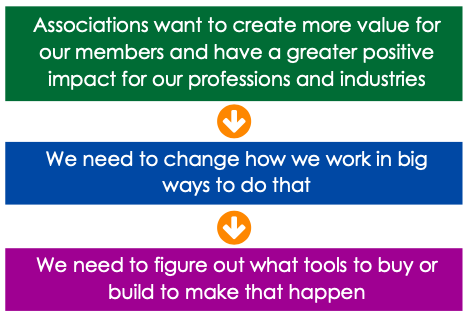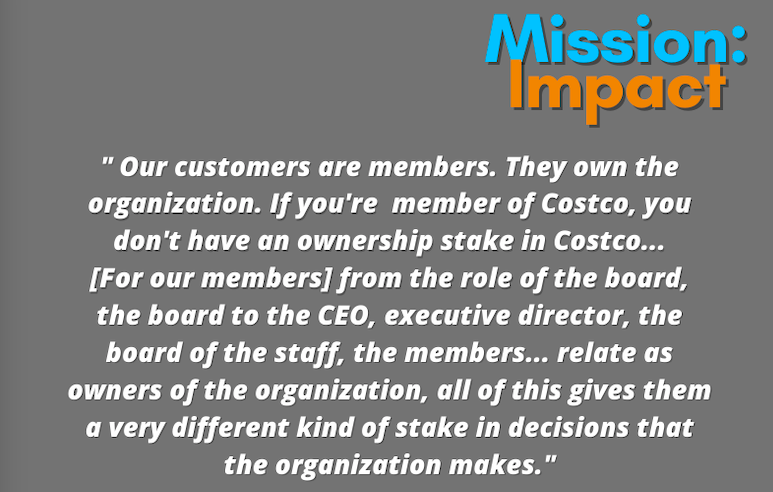Association execs consume – and produce – a lot of research in our day-to-day work, but most of us don’t have formal training in research. A lot of the language of research programs– p-values and confidence intervals and margins of error – can be pretty jargony, and some of the concepts behind what makes for good (or less good) research can be challenging for people who haven’t had the opportunity to take a graduate level methods course.
How can you be sure that the research you’re using or sponsoring is giving you the insight you need to make good decisions? How can you protect your association’s reputation as a trusted source of unbiased information for the profession or industry you serve?
In the latest Spark collaborative whitepaper, Caveat Emptor: Becoming a Responsible Consumer of Research, Polly Karpowicz, CAE and I tackle the sometimes thorny issue of what you need to know to be a savvy consumer and sponsor of research even if you DON’T have a formal background in research methods or much formal training (which, let’s be honest, most of us don’t).
The whitepaper also includes:
- An interview with Dr. Sharon E. Moss, co-editor (with Sarah C. Slater) of The Informed Association: A Practical Guide to Using Research for Results, on ethical practices in research.
- An interview with Dr. Joyce E. A. Russell, The Helen and William O’Toole Dean at Villanova School of Business, on developing discernment in assessing research.
- An interview with Jeff Tenenbaum, Managing Partner at Tenenbaum Law Group PLLC, on avoiding antitrust liability.
- Case studies with the American Association of Colleges of Pharmacy, the Association of American Medical Colleges, the Casualty Actuarial Society, and IEEE.
- A plain English review of key research terms, and a brief explanation of the rules of formal logic (and how they affect research work).
- Recommendations for books, articles, websites, podcasts, and courses you can use to improve your research skills.
- A series of thought questions for you to use to spark discussion with your team.
- An extensive list of resources in case you want to dig deeper on any of the topics addressed.
I’ll be blogging about the whitepaper more in the coming days, highlighting some of our major findings, but in the meantime I invite you to download your free copy at https://bit.ly/3SYJiAO – we don’t collect any data on you to get it, and you won’t end up on some mailing list you didn’t ask for. We just use the bit.ly as an easy mechanism to count the number of times it’s been downloaded.
And don’t forget to check out some of the other FREE Spark collaborative whitepapers, too, on topics ranging from content curation to digital transformation, blockchain, DEI, lean startup, member-centric engagement, and more!

